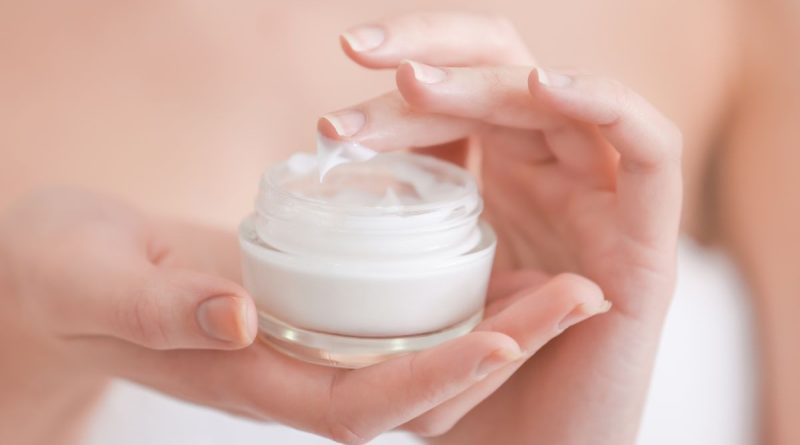What types of acids help facial skin and what are they for | The State
The characteristics of the skin of the face are not the same as those of the rest of the body. As Stylist indicates, facial skin requires special care, and that is seen when examining the types of acids that are useful for facial care.
Certain types of acids will help us achieve a best care of our face, but that requires that we make responsible and correct use of them to receive the results we expect.
What acids help facial skin?
There are two main types of acids that help facial skin: AHA (Alpha-hydroxy acid) and BHA (Beta-hydroxy acid). In theory, these are very similar acids to each other, but they are different in terms of molecular size.
This also implies that these acids work on different layers of the skin and, therefore, they have different benefits.
The best known and most popular AHA is the Glycolic Acid, which has the smallest molecular size of all acids. This allows you penetrate deeper into the skin, which is related to its fast acting effects.
Among the BHAs, the only one that would be useful for facial skin would be the salicylic acid. This is more suitable for oily or acne-affected skin as it not only exfoliates the surface, but can also penetrate pores and remove excess sebum.

What is the best time to use these acids?
The other elements that you include and use in your beauty routine determine the best time to apply the acids for skin care.
In ideal conditions, these acids should be used at night, and they should also be the only active ingredients you are using at the moment. The above does not apply to products that use acids together with other ingredients.
For example, if you use an ingredient that only contains retinol, then you should not use acids for skin care, but yes it is safe to use a product that contains some of these acids and also retinol.
What aftercare should we have?
You can choose to apply a pH-balancing cleaner after using the acid. This will regulate the possible imbalance that the skin suffers after using the acid.
The day after applying the acid you should also use a sunscreen with a minimum protection factor of 30Although the ideal would be 50. This is a good way to protect your skin and ensure that the acid offers the expected results.
Consult with your trusted dermatologist regarding the acids that may be useful for the skin of your face and about the benefits you would receive from each of them in order to make an informed decision.
You may also like:
Why can applying ice on the face be so beneficial to avoid wrinkles, blemishes and acne?
How the scars on the body disappear
.



